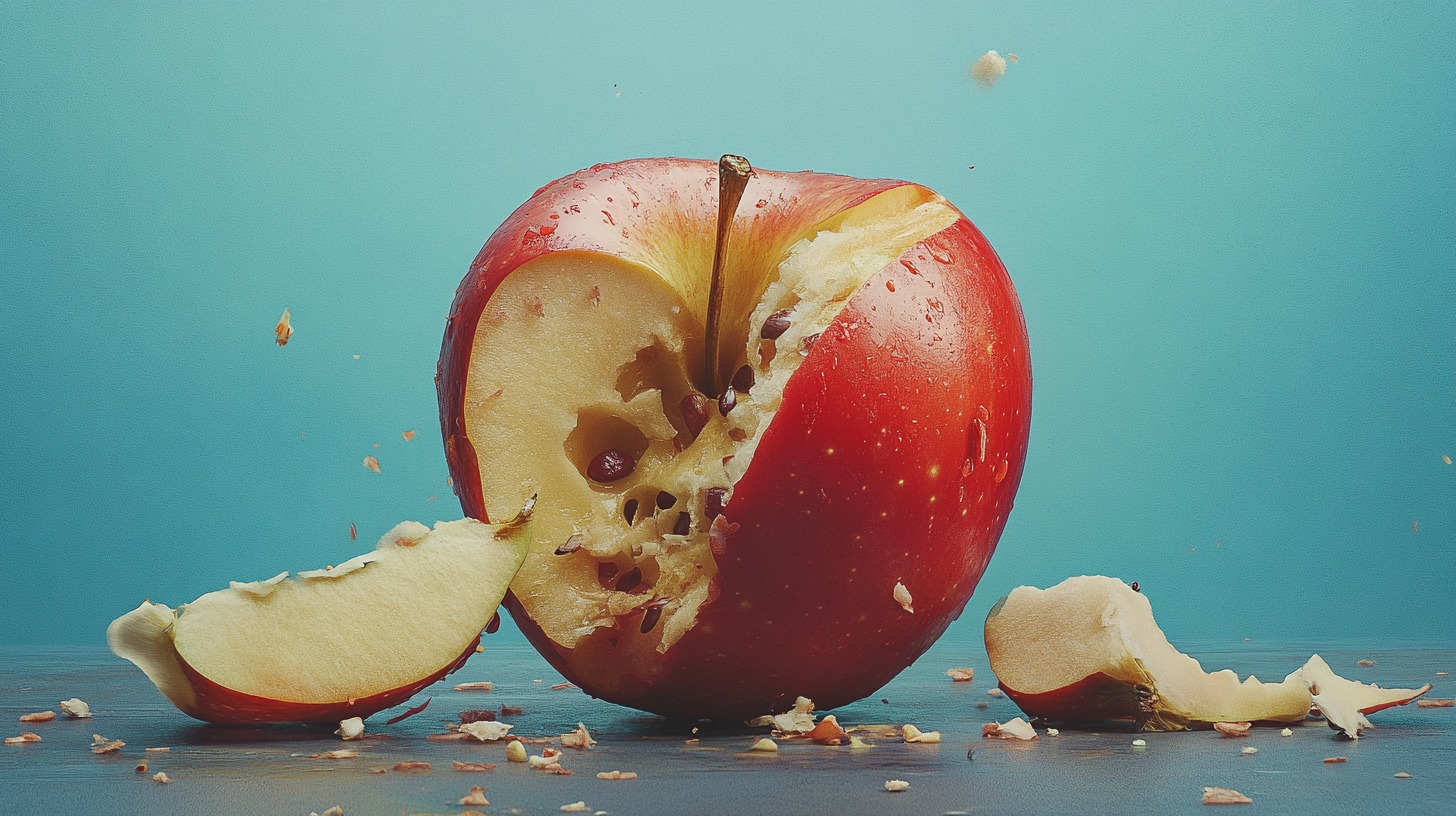Many people are cautious about consuming expired food, fearing potential health risks.
It’s crucial to understand that food expiration dates often pertain to quality rather than absolute safety.
By differentiating between quality and safety, consumers can make informed choices, minimize waste, and avoid unnecessary risks.
Potential Risks of Consuming Expired Food
Eating expired food can lead to several health and quality concerns, particularly when it involves perishable items. These risks include foodborne illnesses, nutritional degradation, and noticeable changes in taste and texture.
Foodborne Illnesses
Spoiled perishable foods such as dairy, meat, and eggs are common sources of foodborne illnesses.
- Salmonella: Found in undercooked or spoiled eggs, meat, and poultry, causing symptoms like nausea, vomiting, and diarrhea.
- Listeria: Common in expired dairy products and deli meats, potentially leading to severe complications in pregnant women and individuals with weakened immune systems.
- E. coli: Often present in improperly stored or expired ground beef and unpasteurized milk, which can cause severe abdominal cramping and diarrhea.
Symptoms of foodborne illnesses can range from mild discomfort to severe dehydration and hospitalization.
Nutritional Degradation
Expired foods lose nutritional value over time, which can affect their contribution to a balanced diet.
- Vitamins and Minerals: Key nutrients like vitamin C in fruits and juices degrade significantly with extended storage.
- Proteins and Fats: Prolonged storage can result in oxidation, altering the quality and effectiveness of these macronutrients.
While the food may not necessarily be unsafe, its nutritional benefits may no longer meet expectations.
Changes in Taste and Texture

Expired foods often show noticeable alterations in flavor, aroma, and consistency, which can indicate spoilage:
- Off-flavors and odors: A sour or musty smell is a clear sign that food has deteriorated.
- Texture: Slimy meat, curdled milk, or stale bread highlight physical degradation.
Even if such foods do not cause immediate harm, they can make meals unappetizing and unpleasant.
Compounding Risks
Combining these risks creates a strong case for caution.
Poor storage practices or extended time past expiration increases the likelihood of contamination and spoilage, emphasizing the importance of monitoring food quality and adhering to proper handling guidelines.
Foods That Are Generally Safe Past Expiration
Certain types of food remain safe and consumable long after their expiration date, thanks to their packaging and natural resistance to spoilage.
While some quality aspects may change, the safety of these items is usually not compromised.
Canned Goods
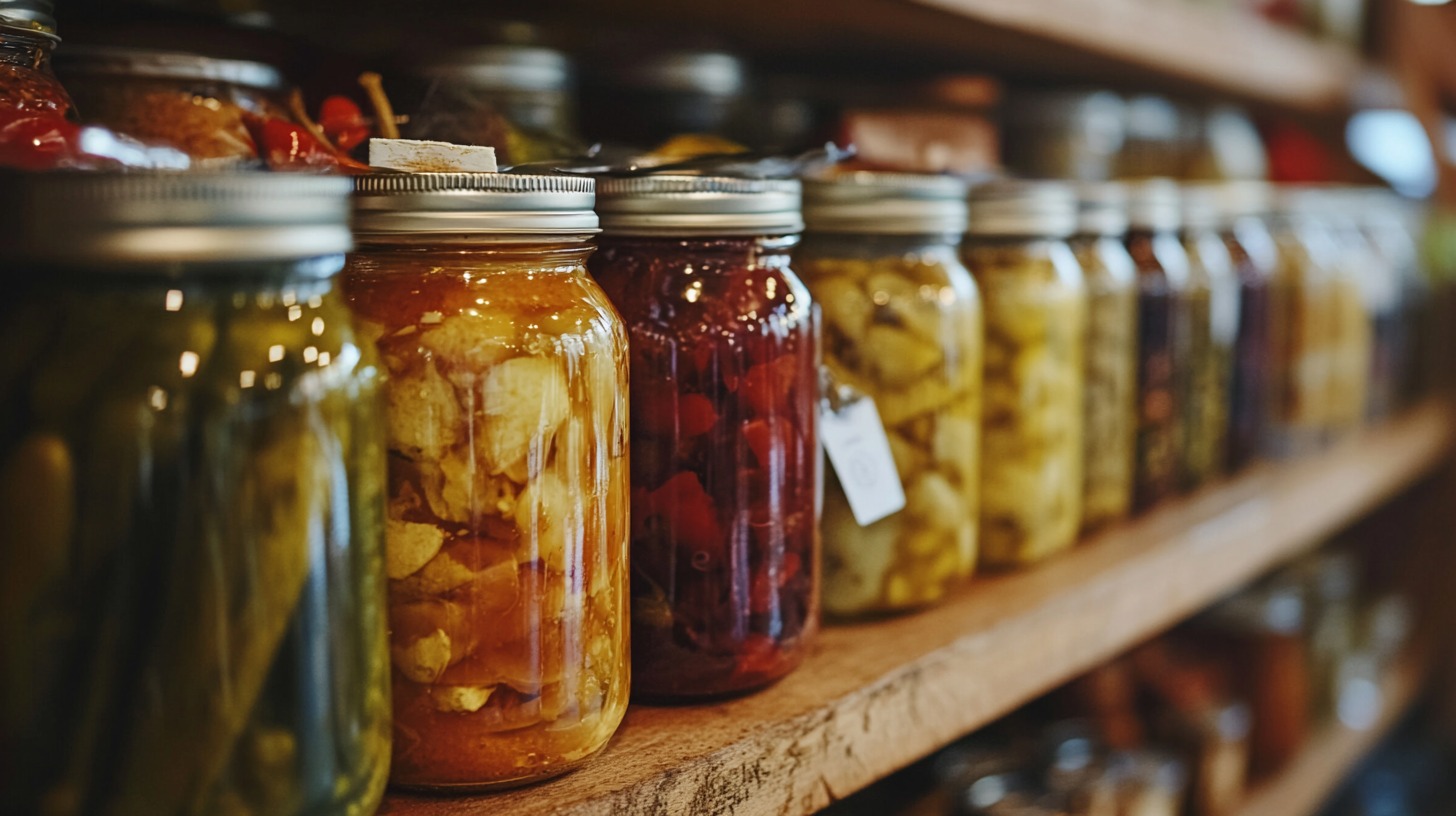
Canned foods are known for their extensive shelf life due to the sterile environment created during the canning process.
- Low-acid canned foods, such as vegetables, beans, and meats, can often remain safe for several years if stored in a cool, dry place.
- High-acid canned goods, including tomatoes, citrus fruits, and pickled items, have shorter shelf lives but still last well past the printed date.
- Ensure cans are free from dents, rust, or swelling, as these can signal contamination.
Dry Goods
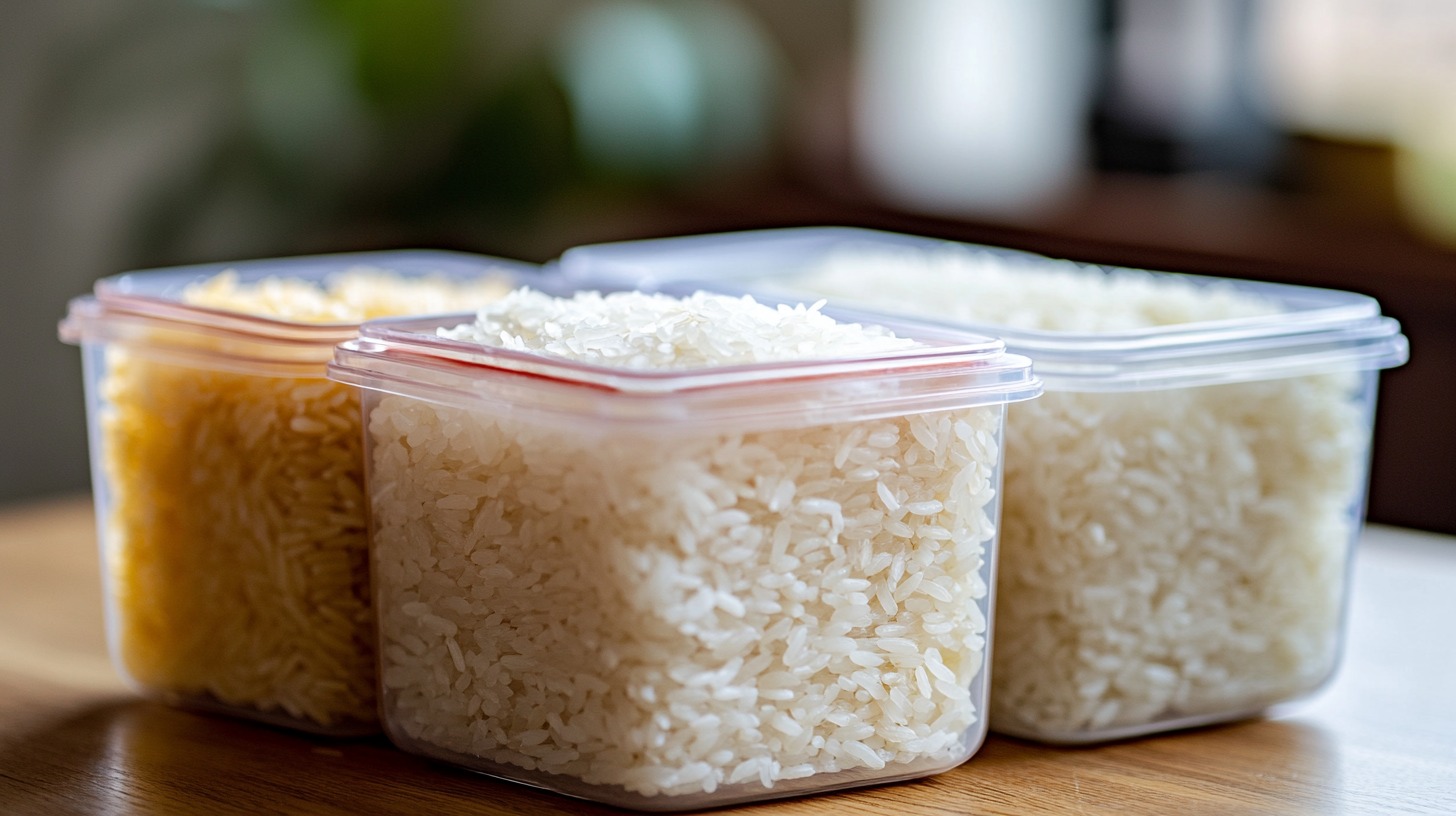
Items like rice, pasta, beans, and lentils are naturally low in moisture, making them resistant to bacterial growth.
- Proper storage is key – airtight containers prevent exposure to pests and humidity.
- Dry goods stored in cool and dark environments retain safety and quality for extended periods, sometimes years.
- These foods are excellent for emergency stockpiles or long-term food storage plans.
Frozen Foods
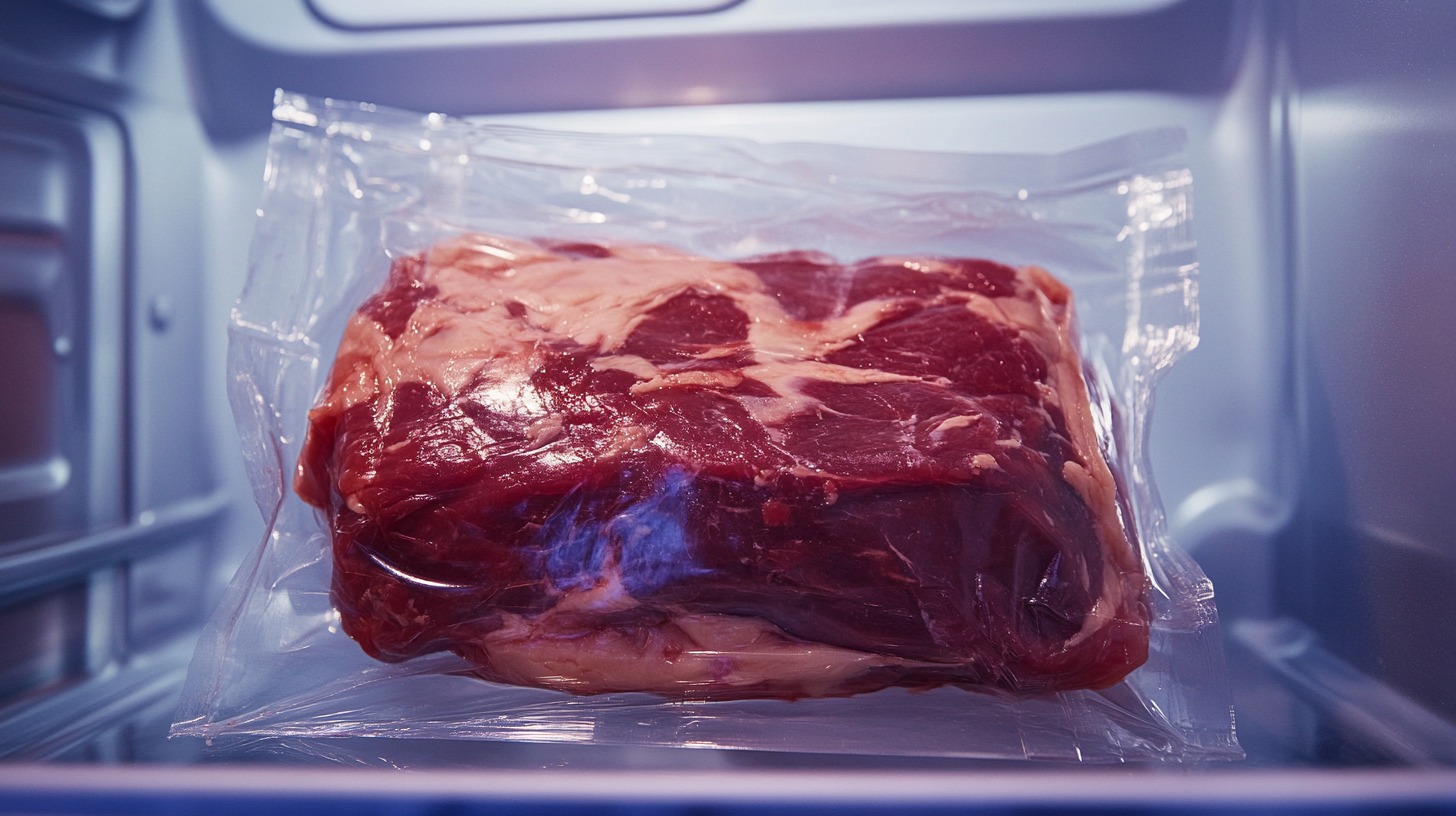
Foods kept at consistent freezing temperatures can remain safe indefinitely.
- Proteins like meat, fish, and poultry retain their safety as freezing halts bacterial activity.
- Prepared meals, fruits, and vegetables also maintain safety, though they may lose some texture or flavor over time.
- To ensure optimal quality, use vacuum-sealed packaging or freezer-safe containers to prevent freezer burn.
While these foods are generally safe past expiration, attention to proper storage conditions is essential.
Canned goods should be kept in a cool and dry pantry, dry goods should be sealed tightly to avoid contamination, and frozen items should remain at a stable freezing temperature.
Foods to Avoid After Expiration
Some foods pose significant health risks when consumed after their expiration dates, particularly those prone to bacterial contamination or spoilage.
These include dairy products, meats, poultry, and eggs. Each of these food types demands careful attention to avoid illness and ensure safety.
| Food Type | Risks | Signs of Spoilage | Key Notes |
|---|---|---|---|
| Dairy Products | Bacteria like Listeria | Sour smell, mold, curdling | Discard at first sign of spoilage. |
| Meats and Poultry | Pathogens like Salmonella, E. coli | Discoloration, slimy texture | Cooking does not always make spoiled meat safe. |
| Eggs | Salmonella contamination | Cracked shell, bad smell | Refrigerate properly and discard spoiled eggs. |
Guidelines for Assessing Food Safety
To determine if expired food is safe to consume, a systematic approach is essential. This includes evaluating sensory indicators, practicing proper storage methods, and adhering to general safety principles to reduce risks associated with spoiled food.
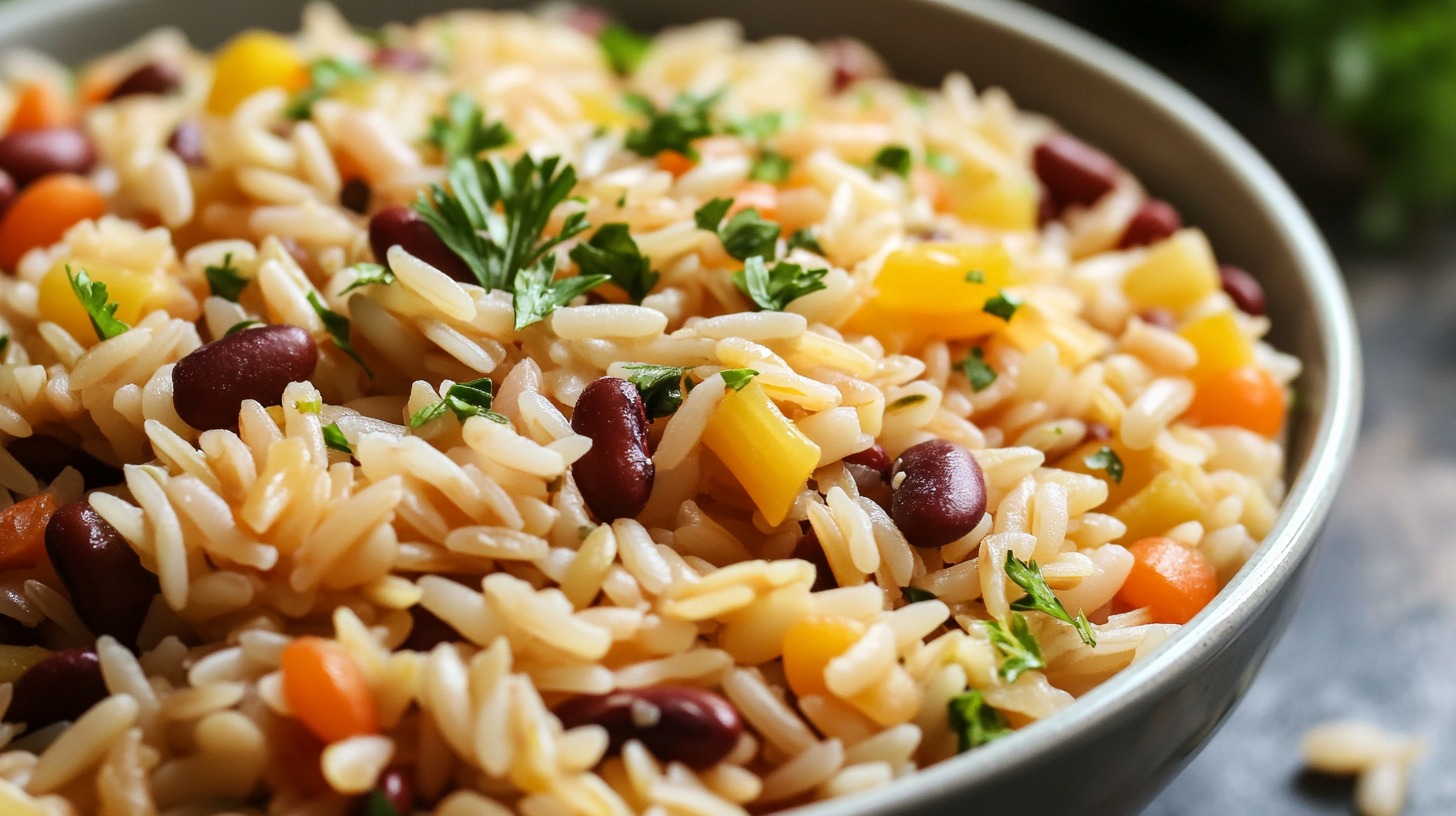
Sensory Evaluation
Relying on your senses is one of the quickest ways to assess food safety.
- Color: Discoloration, such as graying or green patches, often signals spoilage, especially in meat and dairy products.
- Texture: A slimy or sticky surface on food items like meat or produce typically indicates bacterial growth.
- Smell: Sour, rancid, or unusually strong odors are common warning signs for spoiled food.
- Appearance: Visible mold or unusual spots are clear indicators that food should not be consumed.
Storage Practices
Proper storage plays a critical role in preserving food safety.
- Refrigerate perishable foods promptly after purchase or preparation.
- Store dry goods like rice and flour in airtight containers to prevent contamination.
- Freeze items that won’t be consumed within their recommended time frames. Freezing slows down bacterial growth and helps maintain quality for longer.
- Label food with purchase or preparation dates to keep track of its age.
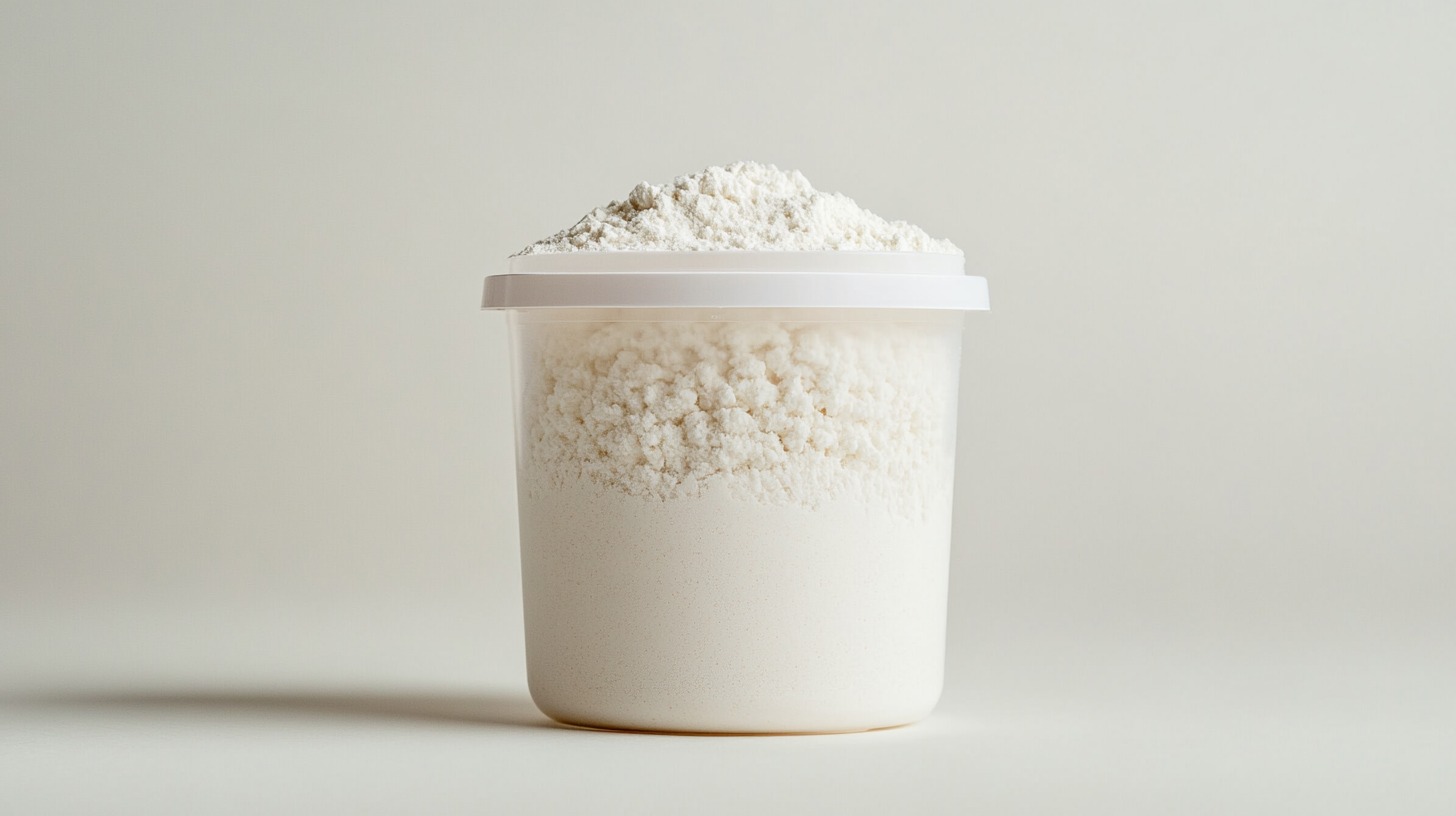
Health-First Approach:
When food safety is uncertain, it’s best to prioritize your health over any potential savings. A simple rule to follow is:
“When in doubt, throw it out.”
Discarding questionable food may feel wasteful, but it eliminates the risk of foodborne illness, which can lead to severe health consequences and costly medical treatment. Remember, a single overlooked safety concern can have far-reaching impacts on health.
The Bottom Line
Expired food doesn’t always equate to danger, but careful consideration is key.
By knowing the risks, recognizing safe options, and following proper food safety practices, individuals can protect their health while minimizing waste.

